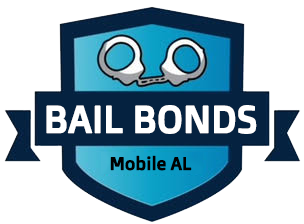
Personal recognizance and bail may have the same overall outcome of being released before any hearings but the way you go about it is very different. Here are the reasons why someone may get personal recognizance as an option over having to post bond.
What is personal recognizance?
Personal recognizance is usually something that can be available to defendants who have little to no previous criminal record and are being charged with a relatively minor non-violent offense. When a person is released on personal recognizance, it means that the judge is allowing the defendant to essentially sign a note promising that they will show up as scheduled to any court dates and hearings. When they do this, they are able to be released without having to put up any money for bail. It is to be noted however that they still have to deal with conditions such as needing to submit for drug testing or not being able to leave the state prior to their court date.
How is bail different?
Bail is really only different in that money is involved and in that it means more people and systems are involved. If the judge decides that personal recognizance is not appropriate for any given reason (and it is also important to note that a judge could also decide that a defendant is not eligible for even bond if the charge is serious enough or the defendant could be considered a threat to themselves or others) however, for the most part, a judge will set a bond price. When that bond price is set, depending on the cost as well as the resources of the defendant, they may need to either have friends or friends bail them out or they will need the services of a bail bondsman. Because of this, the defendant will not only have the pressure of properly showing to hearings to fulfill court obligations but those of the bail bondsman as well.
Overall, although it is obviously preferable to be released on your own recognizance as opposed to having to pay money and having more obligations as one would with bond, in the end, both options should allow for release from detainment and then at that point it is all the same.



